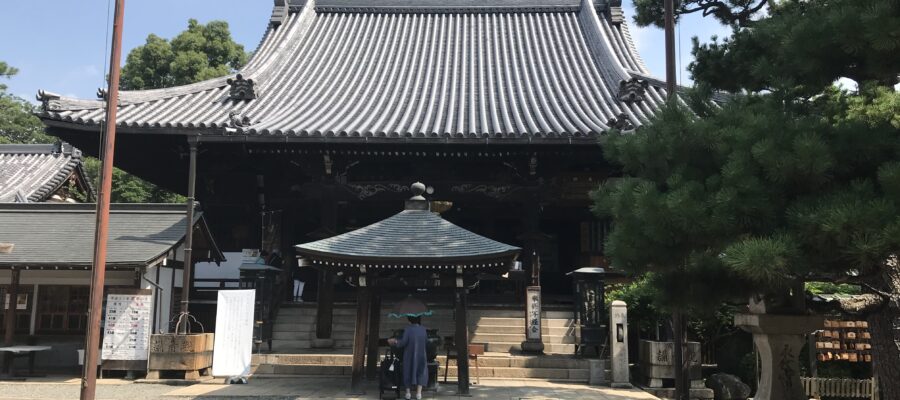西国霊場第5番札所
葛井寺と書いて「ふじいでら」と読みます。近鉄南大阪線の藤井寺駅から10分も歩かないうちに到着します。今回は、ある企業さん向けに研修プログラムを藤井寺周辺にて行うため、その下見も兼ねて訪問しました。
西国霊場第5番札所で正式には、紫雲山 葛井寺(真言宗御室派)です。近くには世界遺産の古墳もあり、散策するにはすごくいい場所です。葛井寺の参道は短いですが、昔ながらの風情が残っています。
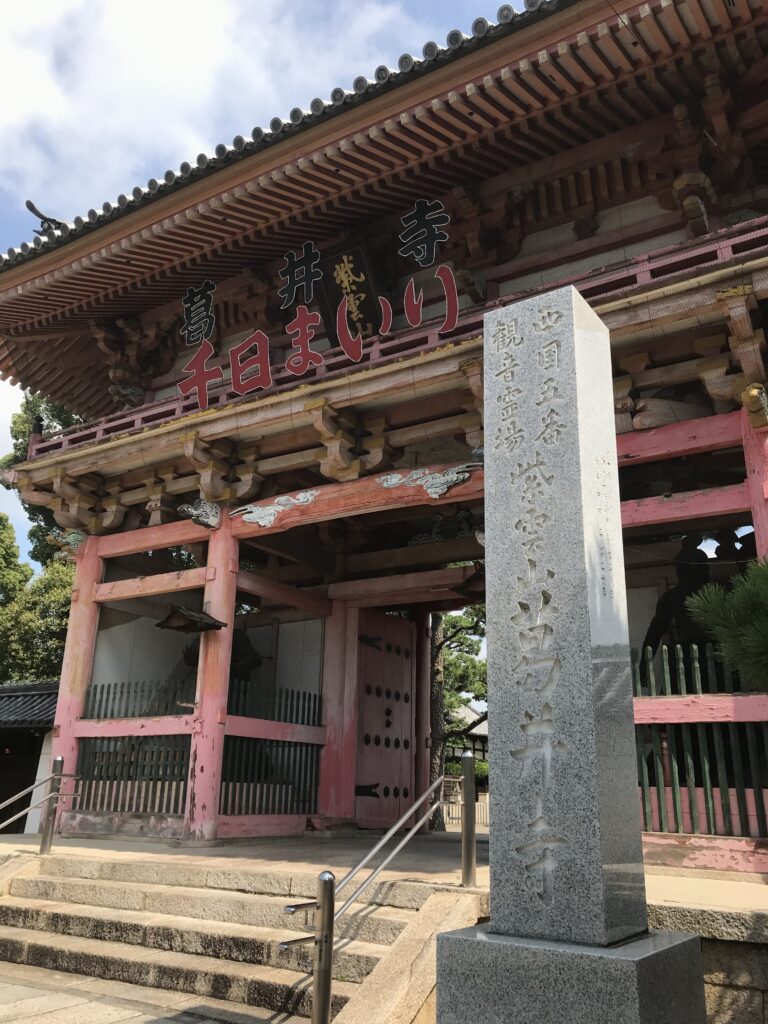
十一面千手千眼観音
御本尊は十一面千手千眼観世音菩薩坐像(国宝)です。毎月18日と8月9日の千日参りに開扉されます。この千手観音様は本当に手が千本以上あり必見です。孫の手のような細い手が像の背後にビッシリと広がっています。(撮影は不可でした。)
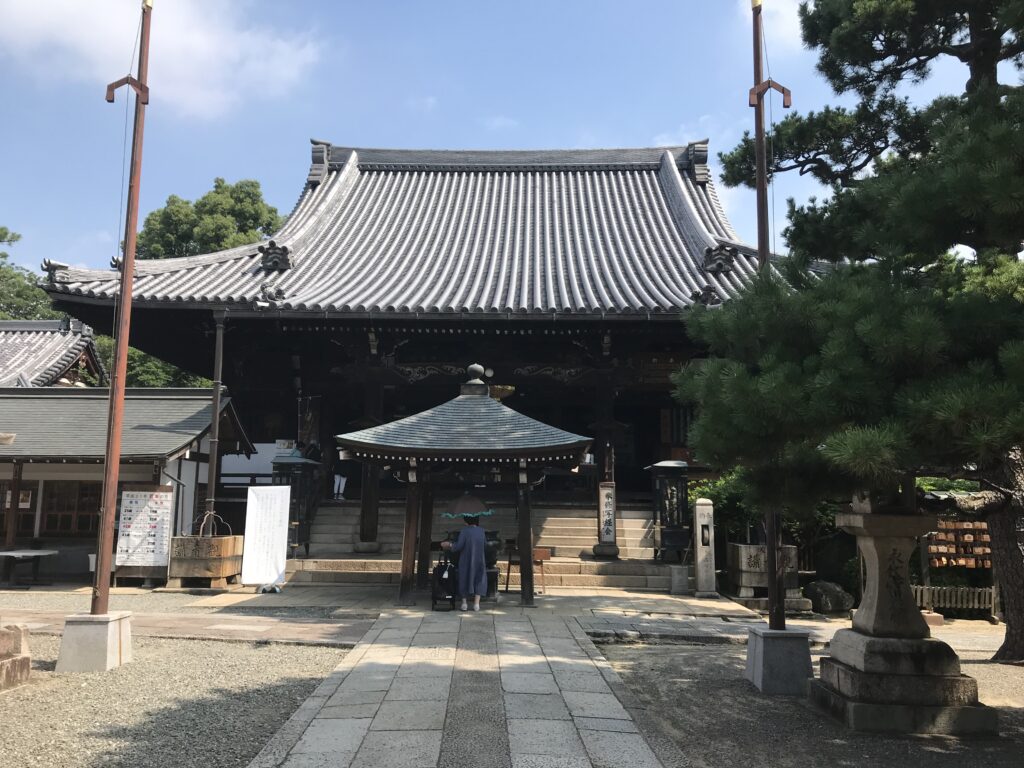
井真成
もう一つ、印象に残ったのは南大門のそばに立つ、遣唐留学生 井真成の記念碑です。何年か前に、8世紀に唐へ渡った留学生の墓誌が中国で発見されましたが、その方の碑です。この地域の出身であったとの説が出ているそうです。
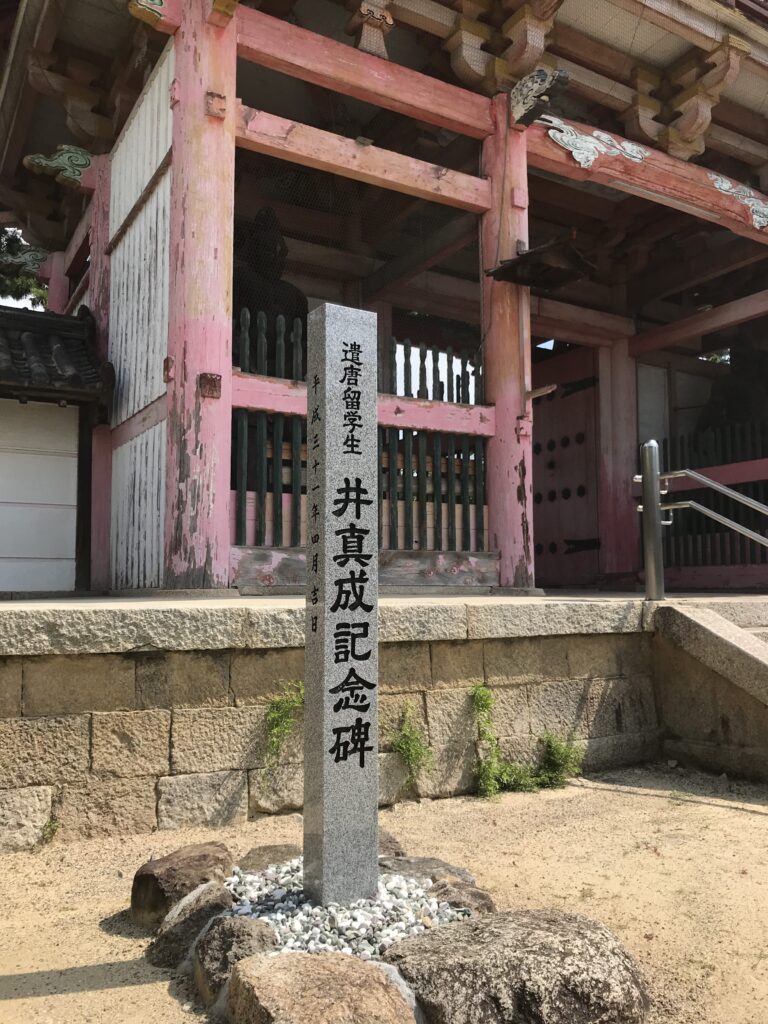
ここでは御朱印を2ついただきました。西国三十三所のものと、千手観音のデザインのものです。後日実施した研修プログラムでは、天候にも恵まれ、参加の皆さんが地域の歴史や文化を知り、古墳を巡るウォークを楽しんでいただけました。
葛井寺の御朱印
最初の訪問では西国三十三所の御朱印をいただき、十一面千手千眼観世音菩薩様の御開帳の日に、観音様の御朱印を受けました。
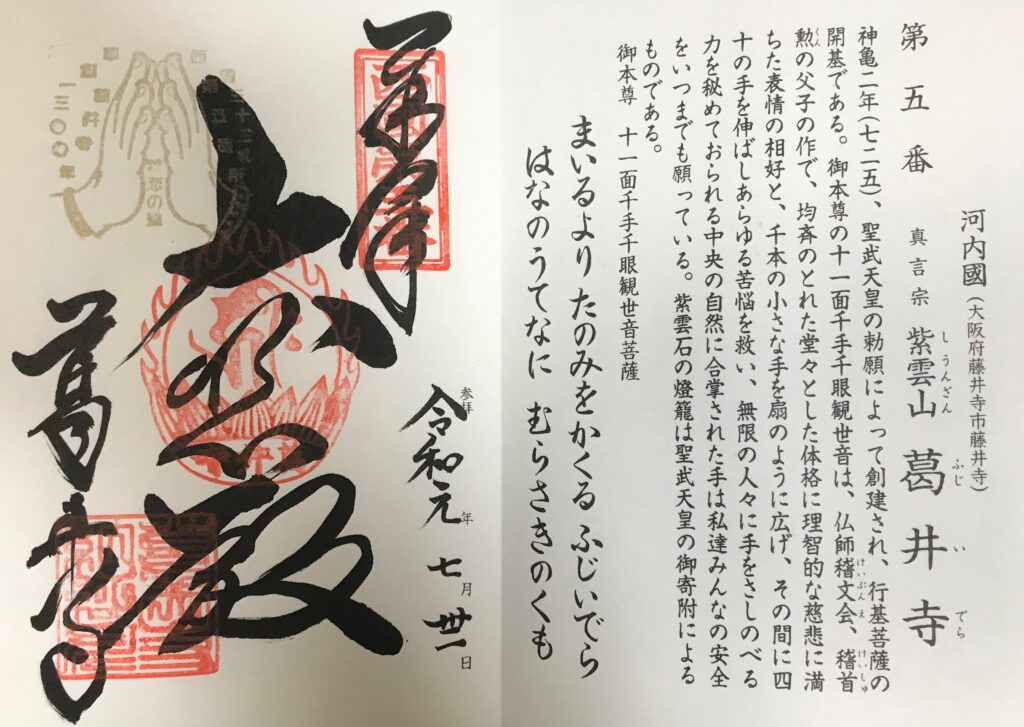
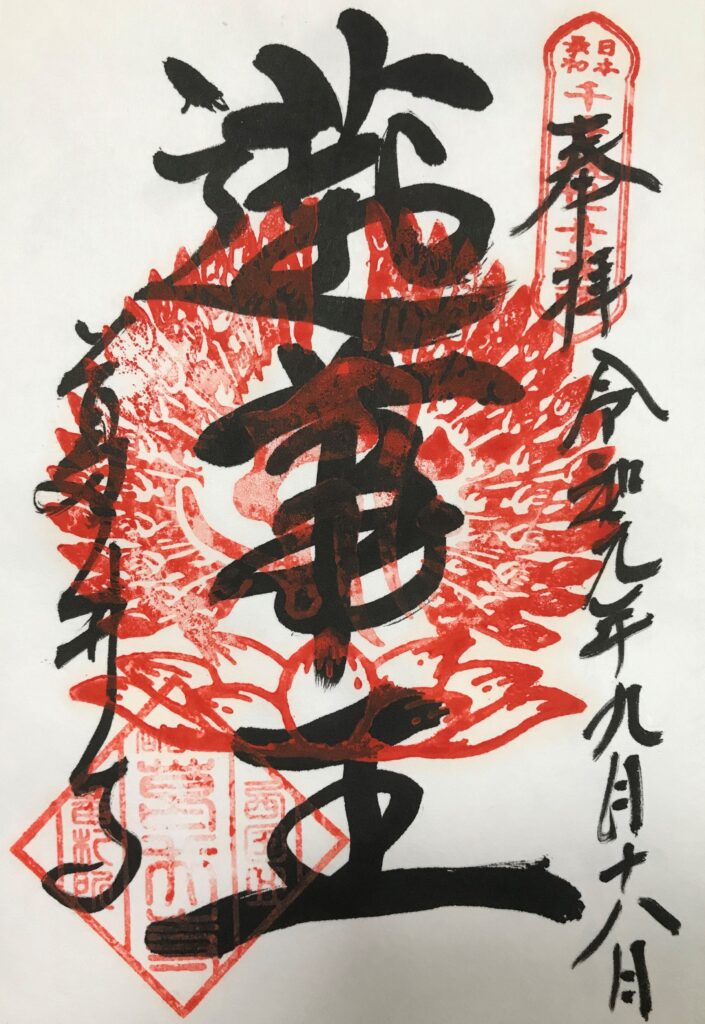
葛井寺が紹介されている書籍
「ザ・古墳群」制作委員会の「ザ・古墳群」に、葛井寺が紹介されています。
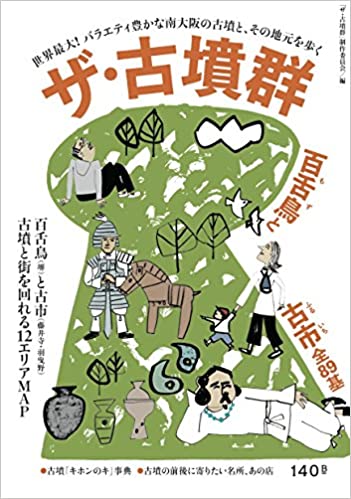
ザ・古墳群 百舌鳥と古市全89基 [ 「ザ・古墳群」制作委員会 ]
価格:1,650円
(2021/5/31 17:23時点)
感想(0件)
Fujiidera Temple (English)
The 5th temple of the Saigoku Sacred Sites
It is written “葛井寺” and read “Fujiidera”. It is less than a 10-minute walk from Fujiidera Station on the Kintetsu Minami-Osaka Line. This time, I visited the area to get a preview of the training program to be held for a company in the Fujiidera area.
It is the fifth temple of the Saigoku Sacred Sites, and is officially called Shiunzan Fujiidera Temple (Omuro School of Shingon Buddhism). There is a World Heritage burial mounds nearby, and it is a great place to take a stroll. The approach to Fujiidera Temple is short, but it still retains its old-fashioned atmosphere.
Eleven-faced thousand-armed Goddess of Mercy
The principal image is a seated eleven-faced, thousand-armed, thousand-eyed Avalokitesvara Bodhisattva (National Treasure). The doors of the Bodhisattva are opened on the 18th of every month and on the 9th of August for the thousand-day visit. This statue of the thousand-armed Kannon really has more than a thousand hands, making it a must-see. The thin hands, which look like grandchildren’s hands, are spread out behind the statue. (Photography was not allowed.)
I-no-Manari
Another thing that left a deep impression on me was the monument standing by Namdaemun, which is dedicated to the Tang Dynasty student I-no-Manari. Some years ago, the tombstone of the student who went to the Tang Dynasty in the 8th century was discovered in China, and this is his monument. There is a theory that he was from this area.
I received two red seals here. One was for the 33 temples in the western part of the country, and the other had a design of the thousand-armed Kannon. The training program held later in later day was blessed with good weather, and the participants enjoyed learning about the history and culture of the region and walking around the ancient burial mounds.
Temple Fujiidera (français)
Le 5e temple des sites sacrés de Saigoku
Il est écrit “葛井寺” et on lit “Fujiidera”. Il se trouve à moins de 10 minutes de marche de la station Fujiidera de la ligne Kintetsu Minami-Osaka. Cette fois, je m’y suis rendu pour avoir un aperçu du programme de formation qui sera organisé pour une entreprise de la région de Fujiidera.
C’est le cinquième temple des sites sacrés de Saigoku, et il est officiellement appelé Shiunzan Fujiidera Temple (école Omuro du bouddhisme Shingon). Il y a un tumulus classé au patrimoine mondial à proximité, et c’est un endroit idéal pour se promener. L’approche du temple Fujiidera est courte, mais elle conserve son atmosphère d’antan.
Déesse de la miséricorde à onze visages et mille bras.
L’image principale est un Bodhisattva Avalokitesvara assis, à onze visages, mille bras et mille yeux (trésor national). Les portes du Bodhisattva sont ouvertes le 18 de chaque mois et le 9 août pour la visite des mille jours. Cette statue de Kannon aux mille bras a réellement plus de mille mains, ce qui en fait une visite incontournable. Les mains fines, qui ressemblent à des mains de petits-enfants, sont étalées derrière la statue. (Les photographies n’étaient pas autorisées).
I-no-Manari
Une autre chose qui m’a laissé une profonde impression est le monument situé près de Namdaemun, qui est dédié à l’étudiant de la dynastie Tang I-no-Manari. Il y a quelques années, la pierre tombale de l’étudiant qui s’est rendu sous la dynastie Tang au 8e siècle a été découverte en Chine, et voici son monument. Il existe une théorie selon laquelle il était originaire de cette région.
J’ai reçu deux sceaux rouges ici. L’un était destiné aux 33 temples de l’ouest du pays et l’autre représentait le Kannon à mille bras. Le programme de formation qui s’est tenu plus tard dans la journée a bénéficié d’un temps clément, et les participants ont apprécié de découvrir l’histoire et la culture de la région et de se promener autour des anciens tumulus.
